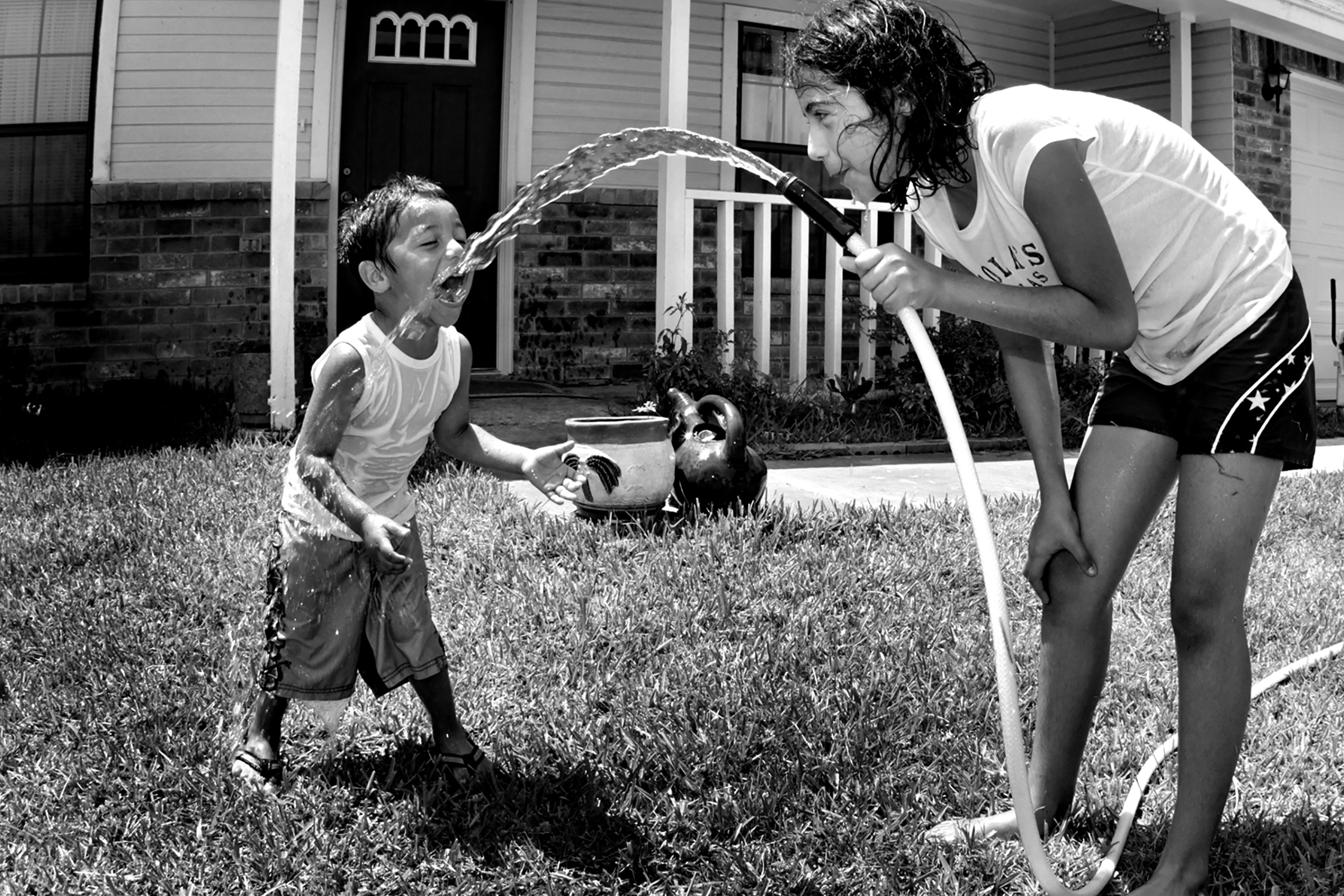By cdcb
To create a stable pathway to homeownership, cdcb’s MiCasita Program allows families to expand their mortgage loan as their income increases.
Countless surveys and studies refer to the Rio Grande Valley as one of the poorest areas with the lowest credit scores in the nation. For over 40 years come dream come build (cdcb) has actively engaged in providing sound and affordable housing in this region, which consists of small cities, rural areas, and colonias where generational poverty is deeply entrenched. The counties of Cameron, Starr, and Willacy provide a good example, with 27% to 35% of their populations living below the poverty line (twice Texas’s overall poverty rate), and median household incomes ranging from $27,133 to $36,095 across these three counties. A home is not just a place to live—it’s the main way people build wealth for themselves and their families for generations to come. Buying a home boosts not only the homeowner’s social and economic opportunities, but also supports the community as a whole, and can change the legacy of families for generations upon generations.
cdcb’s MiCasita program was designed to meet local families’ needs, and was informed by an in-depth analysis of community member household finances. The analysis found that too many people who lived in these communities were trapped in a cycle of chronic financial instability—regardless of whether they owned property or not. For example, the financial profile of potential homeowners in May of 2019 who resided in either a colonia or a USDA-designated rural area, revealed that although half of the people living in the area owned their own property, the average household held four accounts currently past due, and held on average $11,525 in past due medical debt. Six out of ten potential rural and colonia homeowners held less than $400 in savings, with an average credit score of 590, and an average net worth of -$22,213. One-third subsisted on fixed incomes either from Social Security or disability payments and received an average disbursement of $983. A large share of the cdcb’s participants resided in multigenerational households and their financial lives were further complicated by mixed immigration status and lack of access to affordable legal resources necessary to clear title or determine legal claim to a property passed down from a previous generation.
cdcb staff developed MiCasita in response to the method by which families in rural areas and colonias develop their homes. Typically, families begin with a modest and dilapidated structure containing a bedroom, kitchen, living room and an indoor bathroom. As the family saves throughout the year, or receives a large federal income tax refund, typically buttressed by
the Earned Income Tax Credit, they use these funds to add a bedroom or a bathroom. The home is expanded in a piecemeal fashion reflecting flows of income, though typically neither structurally sound nor economically efficient.
MiCasita responded by using a phased construction approach to meet immediate housing needs with the flexibility to “grow” or expand as a family’s financial situation improves or as their housing size needs increase. The program allows families to expand their mortgage loan as their income increases, allowing for the option to increase the square footage of their home. The financing product offers an initial loan or grant to support the purchase of the core structure and subsequent loans and grants to complete the home over time. The financing product is structured to allow for lower monthly payments by utilizing lower rates, longer terms and deferred loan amounts.
The Saucedo family exemplifies the process by which clients are empowered to build the home of their dreams. At age 75 Mrs. Saucedo had tired of scrambling to place pots and pans to collect the rain water as it seeped through their dilapidated mobile home’s roof into the kitchen. They cautiously approached cdcb looking for a gleam of hope that they might be able to build a new home on their property. The couple began as many do with subprime credit scores hovering at 541. Their credit and their monthly income was burdened by six different loans they’d taken out to help their daughter in a time of financial crisis. Their monthly loan payments ate up a full quarter of their monthly income, leaving little to subsist much less to improve their circumstances. Like many parents, whether they would help their daughter wasn’t a question for them, and they did so in the best way they had available to them—they secured high-cost, short-term loans. Undeterred by her financial hardships, Mrs. Saucedo worked tirelessly cleaning beauty salons and, under the guidance of her cdcb housing advisor, used her earned income to pay off her debt, improve her credit score and increase her capacity for a mortgage loan. She and her husband were eventually able to reach their goals, saving $3,309 and utilizing the MiCasita mortgage loan to leverage the equity in their property for closing costs on their newly constructed home.
cdcb has layered public and private investments to create a pool from which to fund the MiCasita mortgage loan. Financial institutions such as the Federal Home Loan of Dallas, Texas State Affordable Housing Corporation and Cameron County Housing Finance Agency, along with Freddie Mac have invested in MiCasita and provided the capital necessary for education and to generate mortgage loans locally in the communities cdcb serves. The goal is to produce a home and mortgage product that demonstrates that choice empowers individuals to utilize their abilities to build a home on their property and accumulate equity to support the accumulation of wealth in their family.
